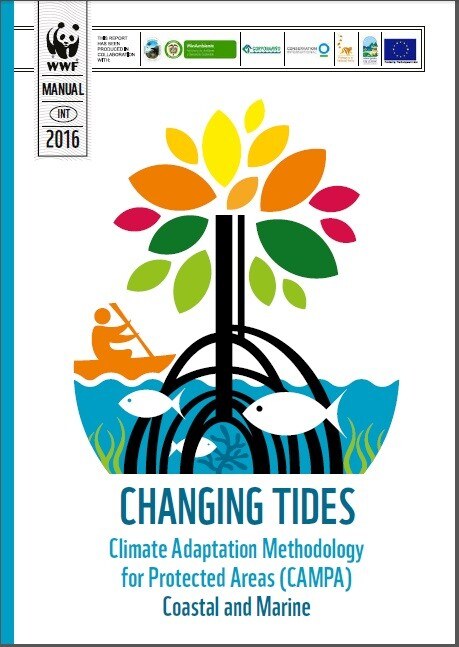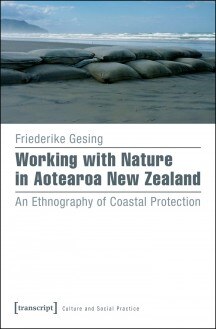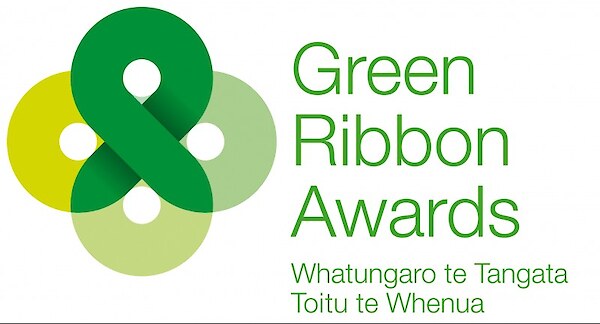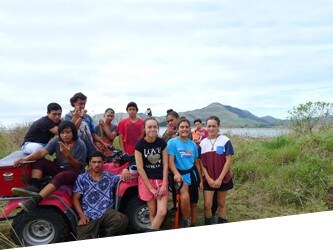Climate Adaptation Methodology for Protected Areas (CAMPA) - Coastal and Marine
WWF International has published a manual on this topic, funded by The European Union. Here is the executive summary:
“Climate change poses serious threats to many coastal and marine systems, including those being managed as
protected areas. Yet people responsible for the management of coastal and marine protected areas (CMPAs) do not have to wait and see their sites deteriorate, but can take active steps to minimise the detrimental impacts of climate change. Because many coastal areas are heavily settled by human communities, such actions need to be taken in close cooperation with people living inside or near to the CMPA, which often include fishing communities and tourism operators.
The following manual describes an approach – Climate Adaptation Methodology for Protected Areas (CAMPA): Coastal and Marine – for developing climate adaptation measures in CMPAs. It combines ecosystem and community-based approaches to adaptation and uses a participatory approach that aims to build consensus
amongst stakeholders on the actions necessary to address the current and potential impacts of climate change. The methodology is described in detail and three case studies summarise lessons learned from its field-testing in six CMPAs in Colombia, Madagascar and the Philippines. It utilises a series of worksheets to simplify the process of completion and can be applied either in a detailed, data-driven process that will take some time or a shorter, quicker but less rigorous assessment to help make basic decisions about management.
An introductory section provides some background and key concepts. The CAMPA begins by defining the objectives and scope of any approach, then identifies ecological, ecosystem service and socio-economic targets and explains how to collate information on baseline conditions.
The main vulnerability assessment then starts by identifying possible climate and oceanographic manifestations (i.e. weather and climate events) in the area of the CMPA, along with non-climate influences, and develops scenarios looking at likely changes as a result of these various threats. A vulnerability analysis is then carried
out: the manual lists various alternative methods and provides a simple assessment approach developed specifically for the CAMPA. Results from whatever vulnerability assessment system is used then undergo validation and prioritisation in a workshop involving a range of stakeholders. The end result will be the identification of potential impacts, categorised by type, plus a long list of possible adaptation actions to address these impacts. The proposals are compared against a checklist of adaptation actions to test for gaps and are further assessed in a second stakeholder workshop, which considers the benefits, opportunities, risks and costs of each from environmental, social and economic perspectives. The workshop aims to develop a priority list of actions for climate adaptation in the protected area. Advice is given on running a workshop and drawing up and checking the resulting adaptation plan. A final section provides guidance on implementation, monitoring and evaluation and adaptive management.
Case studies describe application of CAMPA in the Gorgona and Sanquianga National Protected Areas in Colombia; Nosy Hara and Ambodivahibe Marine Protected Areas in northern Madagascar and two small protected areas in the Island Garden City of Samal in the Philippines.”
For the full 164p manual please go here.




